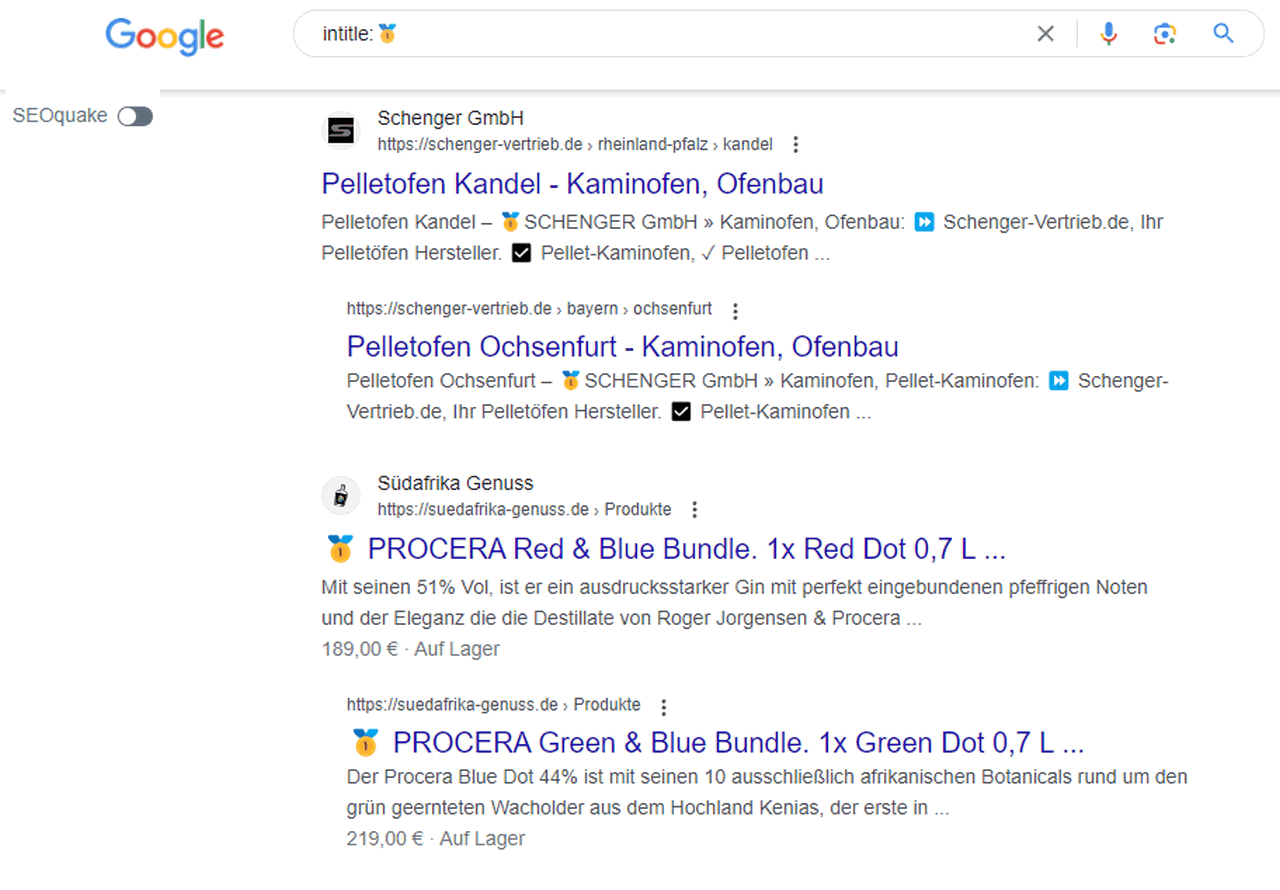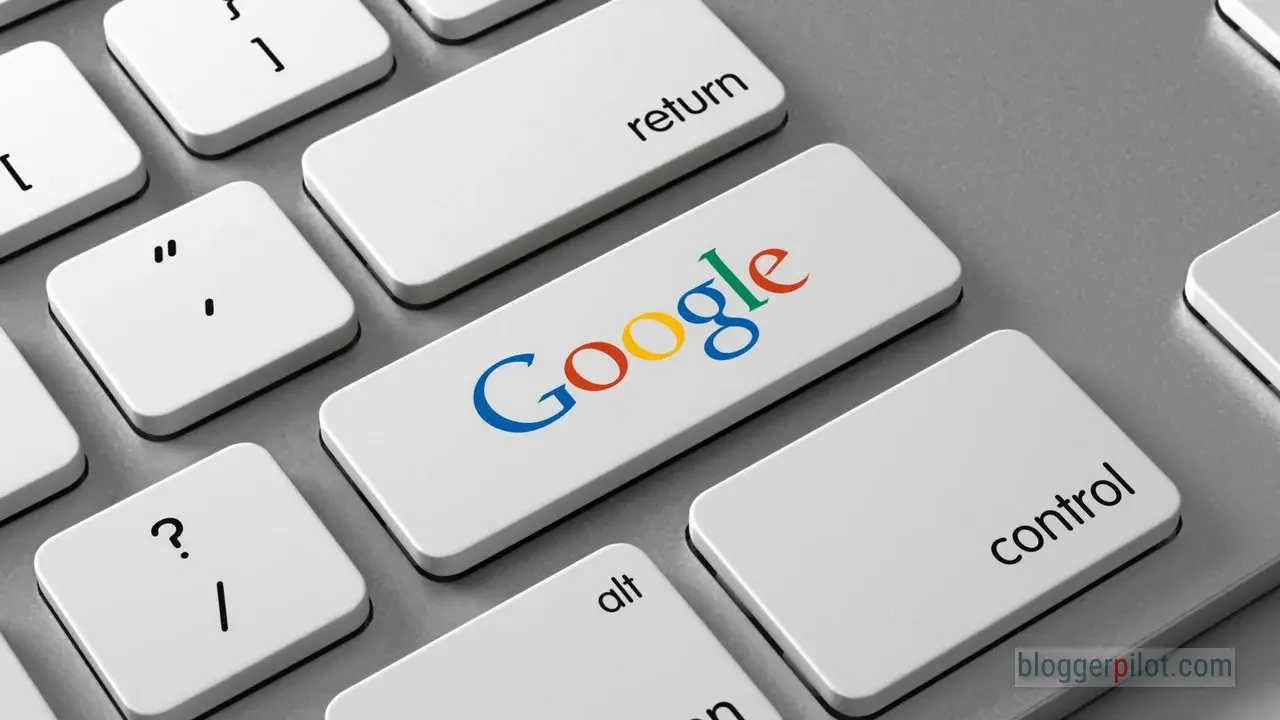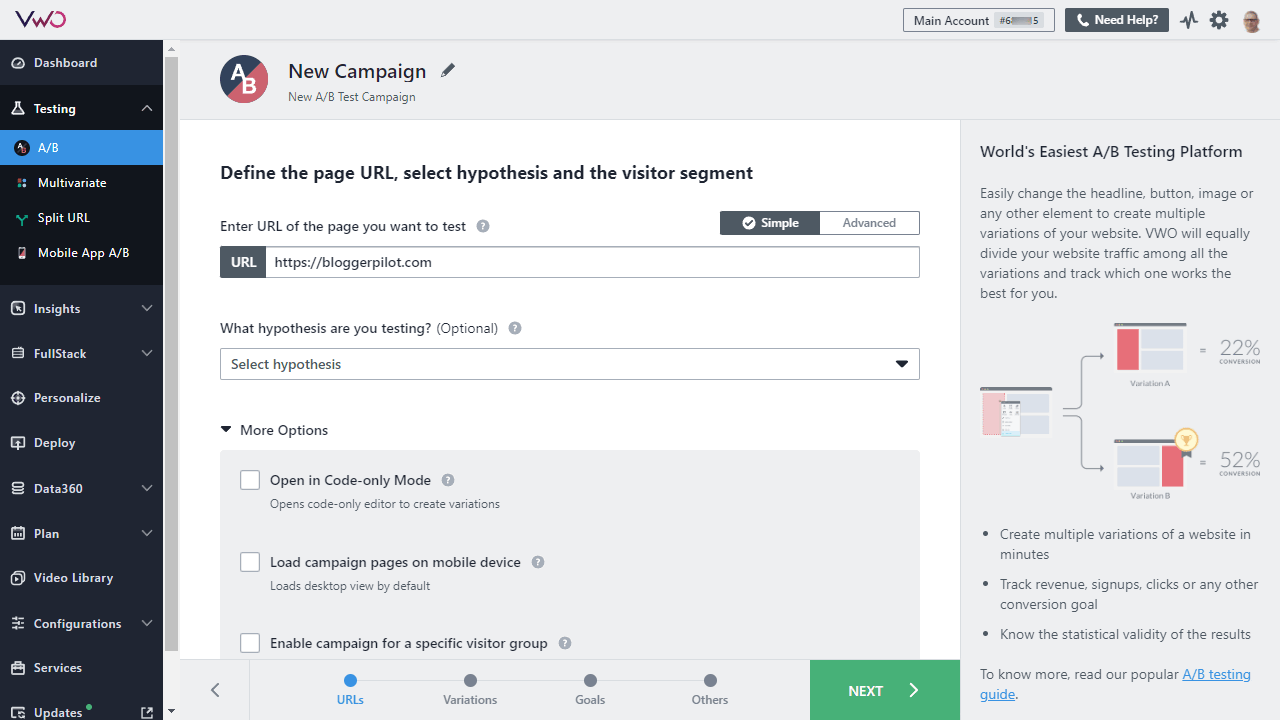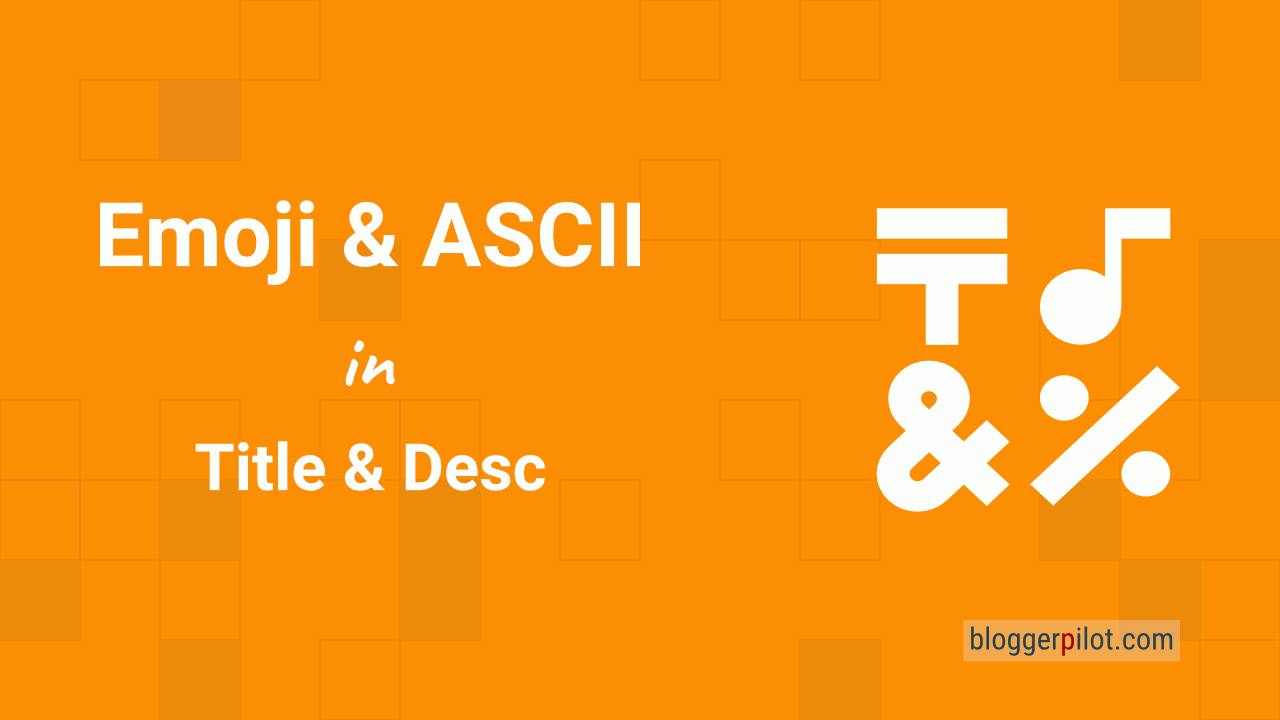SEO Emojis and ASCII 🚀 for title and meta description 2025
Ever heard of SEO Emojis? With special characters and emojis in Google search results, you can significantly increase the click-through rate and visibility for your website. Because anything that attracts more attention also leads to more clicks. However, Google no longer displays all special characters in the search results.
Which emojis and special characters work?
Sistrix evaluated over 3 billion search hits in 2020 and created a list of the most common ASCII and emoji symbols. That’s 100 each for the title and 100 for the meta description.
I’ve had the list saved as a spreadsheet for a long time. But what I always lacked was a column with the name of the special character so that I too can search for it faster:
| Title | Name | Prozent | Description | Name | Prozent |
|---|---|---|---|---|---|
| ⇒ | Rightarrow | 0.894% | ✓ | Check Mark | 2.948% |
| ▷ | Right Triangle | 0.513% | » | Right Double Angle Quotes | 0.825% |
| ᐅ | Check Mark | 0.346% | « | Left Double Angle Quotes | 0.559% |
| « | Left Double Angle Quotes | 0.229% | ✅ | Check Mark | 0.515% |
| › | Right Angle | 0.211% | ➤ | Black Right Pointing Triangle | 0.479% |
| ⇒ | Rightarrow | 0.149% | ☎ | Telephone | 0.318% |
| 🥇 | First Place Medal | 0.064% | ✉ | Envelope | 0.142% |
| 【 | Left Square Bracket | 0.045% | ☆ | Star | 0.141% |
| 】 | Right Square Bracket | 0.040% | ▻ | Black Right Pointing Double Triangle | 0.108% |
| ⇔ | Left Right Double Arrow | 0.040% | ▷ | Right Triangle | 0.104% |
| → | Right Arrow | 0.034% | › | Right Angle | 0.098% |
| ⋆ | Star | 0.030% | → | Right Arrow | 0.094% |
| ✔ | Check Mark | 0.017% | × | Multiplication Sign | 0.094% |
| 🤑 | Money Mouth Face | 0.012% | ⌚ | Watch | 0.092% |
| √ | Square Root | 0.012% | ᐅ | Check Mark | 0.091% |
| ❤ | Red Heart | 0.012% | ❌ | Cross Mark | 0.083% |
| ❶ | Number 1 | 0.011% | ☀ | Sun | 0.082% |
| ‹ | Left Angle Bracket | 0.008% | ❤ | Red Heart | 0.077% |
| ≫ | Right Angle Bracket | 0.008% | ⭐ | Star | 0.066% |
| 🥾 | Hiking Boot | 0.008% | ⇒ | Rightarrow | 0.060% |
| ᐈ | Canadian Syllabics Carrier Gha | 0.006% | ♥ | Heart Suit | 0.057% |
| ≡ | Identical To | 0.006% | ✚ | Star and Crescent | 0.054% |
| ¤ | Currency Sign | 0.005% | † | Dagger | 0.044% |
| ≥ | Greater Than Or Equal To | 0.005% | ✈ | Airplane | 0.043% |
| † | Dagger | 0.005% | ○ | Hollow Red Circle | 0.039% |
| ※ | Reference Mark | 0.005% | ✔ | Check Mark | 0.032% |
| ⭐ | Star | 0.004% | 【 | Left Square Bracket | 0.028% |
| ☀ | Sun | 0.004% | ⇔ | Left Right Double Arrow | 0.028% |
| ✊ | Raised Fist | 0.004% | ✭ | Heavy Check Mark | 0.027% |
| ✈ | Airplane | 0.003% | 】 | Right Square Bracket | 0.026% |
| ± | Plus Minus | 0.002% | ➔ | Right Arrow To Bar | 0.026% |
| ➡ | Right Arrow | 0.002% | ⏲ | Timer Clock | 0.024% |
| 🦊 | Fox | 0.002% | ➜ | Anticlockwise Rightwards Arrow | 0.022% |
| ❷ | Number 2 | 0.002% | ➽ | Anticlockwise Bottom Rightwards Arrow | 0.021% |
| ∗ | Asterisk | 0.002% | ↑ | Up Arrow | 0.020% |
| ◁ | Left Pointing Angle Bracket | 0.001% | ➨ | Right Arrow With Stroke | 0.020% |
| 《 | Left Corner Bracket | 0.001% | ¶ | Paragraph Sign | 0.019% |
| ‣ | Triangular Bullet | 0.001% | ± | Plus Minus | 0.017% |
| ↔ | Left Right Arrow | 0.001% | √ | Square Root | 0.016% |
| 🦄 | Unicorn | 0.001% | 🧡 | Orange Heart | 0.015% |
| 》 | Right Corner Bracket | 0.001% | ¤ | Currency Sign | 0.014% |
| 🤔 | Thinking Face | 0.001% | ☑ | Check Box With Check | 0.014% |
| ~ | Tilde | 0.001% | ❗ | Exclamation Mark | 0.012% |
| ← | Left Arrow | 0.001% | ➥ | Rightwards Triple Arrow | 0.012% |
| ① | One | 0.001% | ⌂ | House | 0.011% |
| ♥ | Heart Suit | 0.001% | ✌ | Victory Hand | 0.011% |
| 🦁 | Lion | 0.001% | ✆ | Fax | 0.010% |
| ᐉ | Canadian Syllabics Carrier LA | 0.001% | ← | Left Arrow | 0.009% |
| ❹ | Number 4 | 0.001% | ♢ | Eighth Note | 0.008% |
| ∞ | Infinity | 0.001% | ▽ | Downwards Triple Arrow | 0.008% |
| 🅾 | Negative Squared Latin Capital Letter O | 0.001% | ⚽ | Soccer Ball | 0.008% |
| 🤘 | Sign of the Horns | 0.001% | ✨ | Sparkles | 0.007% |
| ⚡ | High Voltage | 0.001% | ➡ | Right Arrow | 0.007% |
| !! | Double Exclamation Mark | 0.001% | ⚡ | High Voltage | 0.007% |
| ✓ | Check Mark | 0.001% | ↓ | Down Arrow | 0.006% |
| ☎ | Telephone | 0.001% | ✦ | Eight Pointed Star | 0.006% |
| ♀ | Female Sign | 0.001% | Ω | Omega | 0.006% |
| ▶ | Play Button | 0.001% | ♫ | Musical Note | 0.006% |
| ② | Two | 0.001% | ↔ | Left Right Arrow | 0.005% |
| ❸ | Number 3 | 0.001% | ✪ | Star and Crescent | 0.005% |
| ≈ | Almost Equal To | 0.001% | 〉 | Right Angle Bracket | 0.005% |
| ⚽ | Soccer Ball | 0.001% | 〈 | Left Angle Bracket | 0.005% |
| ᐊ | Canadian Syllabics Carrier A | 0.001% | ▸ | Right Pointing Angle Bracket | 0.005% |
| ⚖ | Scales | 0.000% | ♡ | Heart with Ribbon | 0.005% |
| ➤ | Black Right Pointing Triangle | 0.000% | ✿ | Floral Heart | 0.005% |
| ʘ | Bullseye | 0.000% | ⇨ | Rightwards Double Arrow | 0.005% |
| 🥃 | Cocktail Glass | 0.000% | ♀ | Female Sign | 0.005% |
| ♂ | Male Sign | 0.000% | く | Katakana Ku | 0.005% |
| 🦋 | Butterfly | 0.000% | ✩ | Four Teardrop-Spoked Asterisk | 0.005% |
| ❗ | Exclamation Mark | 0.000% | ◷ | Pentagon | 0.005% |
| ↑ | Up Arrow | 0.000% | ❯ | North West Arrow | 0.004% |
| ᐃ | Canadian Syllabics Carrier I | 0.000% | ♂ | Male Sign | 0.004% |
| ☆ | Star | 0.000% | ☼ | Sun with Rays | 0.004% |
| ⚠ | Warning | 0.000% | ▶ | Play Button | 0.004% |
| ⋙ | Clockwise Gapped Circle Arrow | 0.000% | ◇ | Sparkle | 0.004% |
| 🌤 | Sun Behind Small Cloud | 0.000% | ☝ | Finger Pointing Up | 0.004% |
| ❄ | Snowflake | 0.000% | ◅ | Bottom Left Corner | 0.004% |
| 😍 | Smiling Face with Heart-Eyes | 0.000% | ✂ | Scissors | 0.004% |
| ♻ | Recycling Symbol | 0.000% | △ | Triangle | 0.004% |
| 🤣 | Rolling on the Floor Laughing | 0.000% | 🥇 | First Place Medal | 0.004% |
| 🤗 | Hugging Face | 0.000% | ⛱ | Umbrella on Ground | 0.003% |
| ⓵ | Number 1 Enclosed in Square | 0.000% | ❖ | Heavy Large Circle | 0.003% |
| 🦅 | Eagle | 0.000% | ❱ | Rightwards Closed Arrow | 0.003% |
| ‡ | Double Dagger | 0.000% | 》 | Right Corner Bracket | 0.003% |
| ✉ | Envelope | 0.000% | 《 | Left Corner Bracket | 0.003% |
| 🤓 | Nerd Face | 0.000% | ✘ | Cross Mark | 0.003% |
| 🏆 | Trophy | 0.000% | ✮ | Heavy Check Mark | 0.003% |
| 〉 | Right Corner Bracket | 0.000% | ↗ | North East Arrow | 0.003% |
| ⁂ | Asterisk Operator | 0.000% | ⬌ | Upwards Harpoon With Barb Rightwards | 0.003% |
| 🎮 | Video Game | 0.000% | ☺ | Smiling Face | 0.003% |
| ⛱ | Umbrella on Ground | 0.000% | ⏰ | Timer Clock | 0.003% |
| ᗌ | Modifier Letter Small H | 0.000% | ∆ | Increment | 0.003% |
| 🥐 | Croissant | 0.000% | ➦ | Rightwards Triple Tilde | 0.003% |
| ๏ | Thai Character O Ang | 0.000% | ‡ | Double Dagger | 0.002% |
| ☺ | Smiling Face | 0.000% | ♪ | Musical Note | 0.002% |
| ⛳ | Flag in Hole | 0.000% | ✰ | Heavy Large Circle | 0.002% |
| ☑ | Check Box with Check | 0.000% | No | No Entry | 0.002% |
| 🦉 | Owl | 0.000% | ❄ | Snowflake | 0.002% |
| ∆ | Increment | 0.000% | ❀ | Floral Heart | 0.002% |
| 🥂 | Clinking Glasses | 0.000% | ⚠ | Warning | 0.002% |
You can use my SERP Snippet Generator to get a perfect preview.
Then another table with all SERP emojis and ASCII special characters sorted by Unicode character groups.
| Arrows | Stars | Symbols | Characters | Hook & X | Blocks | Emojis & smileys |
|---|---|---|---|---|---|---|
| ↑ | ★ | ✎ | @ | ✔ | ° | 🥇 |
| ← | ☆ | ☎ | ® | ✓ | Θ | 🤑 |
| → | ✰ | ✆ | ™ | ✝ | ¤ | 🥾 |
| ↓ | ☂ | © | × | ◘ | ⭐ | |
| ➥ | ❅ | ♔ | 彡 | x | ○ | ✊ |
| ↨ | ☀ | ♪ | ‼ | ✖ | ● | 🦊 |
| ↔ | ❊ | ♫ | ¶ | ✘ | – | ☝ |
| “ | ❖ | ð | ✗ | – | 🤘 | |
| “ | * | ✿ | ☯ | ■ | ✌ | |
| ⇧ | ✼ | ☃ | § | ▄ | 🤔 | |
| ↕ | ♀ | ♆ | ▬ | 🦁 | ||
| ➤ | ♂ | 〄 | ▀ | ♋ | ||
| ► | ❤ | ξ | ░ | ✅ | ||
| ◄ | ♡ | ☛ | ▒ | 🦄 | ||
| ▲ | ♥ | Ψ | ▓ | ⚡ | ||
| ▼ | ❥ | ✐ | ⚽ | |||
| ◣ | ♠ | ¿ | 🥃 | |||
| ◥ | ☋ | æ | 🦋 | |||
| ◤ | ♦ | ℛ | ❗ | |||
| △ | ♣ | � | 😍 | |||
| ➳ | ◐ | ½ | 🤣 | |||
| ➽ | ◑ | ¼ | 🤗 | |||
| ➪ | ☼ | ¾ | 🤓 | |||
| ☽ | ‰ | 🏆 | ||||
| ☾ | ² | 🎮 | ||||
| ♨ | ³ | 🥐 | ||||
| ✉ | µ | ⛳ | ||||
| ♞ | ¹ | 🦉 | ||||
| ♝ | º | 🥂 | ||||
| ✈ | ¥ | ⌚ | ||||
| ☟ | ∮ | ❌ | ||||
| ☜ | ⏲ | |||||
| ☞ | 🧡 | |||||
| ✄ | ✨ | |||||
| ✂ | ⏰ | |||||
| ☊ |
It is noticeable that the overlap between the two lists is minimal: what works in the title does not work in the text and vice versa.
It can also be seen directly that Unicode special characters and emojis are used significantly more often in the snippet than in the title.
Google therefore applies higher standards for the title than for the snippet. It is therefore a good idea to experiment with the snippet first and then with the title.
Emojis and WordPress
You can use all emojis and special characters in WordPress. In title and description as well as in any other editor field.
Rank Math

Rank Math does not offer special characters and emojis directly in the meta editor.
My workflow is to copy and paste the characters from the table above into the snippet editor.
Yoast SEO

I turned my back on Yoast after decades of using it. The plugin, on the other hand, seems to have given emojis the boot. The used to have a list of emojis in the meta editor. In that place today is a button called “Use AI”.
SEO Emoji Introduction
John Mueller himself says that emojis can be used in metas. This has no disadvantage for you. Here is the video about it:
Importance of emojis and special characters in SEO
In today’s ever-changing digital ecosystem, search engine optimization (SEO) plays a pivotal role in website visibility. Here, the use of emojis and special characters has emerged as an innovative tool that attracts users’ attention and can have an impact on CTR (click-through rate).
Why emojis and special characters provide higher click-through rates
Using emojis and special characters in SERPs (search engine results pages) is an efficient way to increase visibility and click-through rates. Especially in a digital environment where users are overwhelmed by a flood of information every day, it is crucial to stand out. The goal is clear: more attention and consequently more clicks on your search positions.
The most successful emojis and special characters
After studying over 4 million SERPs, it is clear that in the title, the emoji 🥇 is the most successful with a frequency of 0.07%. In the special characters, arrows like ” dominate with a presence of 0.9%.
In the snippet, characters ✓ (3%) and ✅ (0.55%) are the most successful.
Differences between title and snippet

The display of special characters and emojis in the title differs significantly from that in the snippet. Our analysis shows that Google allows special characters and emojis in the page title less often than in the snippet. The screenshot clearly shows that the same emoji is displayed smaller in the meta description than in the title.
Therefore, you should optimize both elements separately.
Why use emojis and special characters?
Attention economy in online marketing
In today’s digital world, user attention is a precious resource. Online marketers face the challenge of standing out in a sea of information. Emojis and special characters act as “visual triggers” that catch the eye and thus represent the first step towards user interaction.
Impact on click-through rate
Click-through rate (CTR) is an essential KPI in SEO. Research indicates that the use of emojis and special characters can increase the CTR by up to 25%. However, this increase depends on various factors such as target group and search intent.
- Positive emojis: 😃, 👍 and ❤️ usually have a positive impact on click-through rate.
- Subject-specific icons: 💼, 🎓, and 📈 can be effective in job or industry-specific contexts.
Best practices
Successful use of emojis and special characters depends on several recommended practices:
- Relevance over quantity: an emoji should complement the context of the content, not detract from it.
- Tested combinations: Different emojis and special characters can be more effective in combination.
- Consistency: use the same emojis and special characters throughout the online marketing mix to reinforce brand identity.
Examples
- A travel blog could use the airplane emoji ✈️ in the title to quickly convey the topic.
- A financial report might use the arrow-up emoji 📈 to indicate a positive development.
Overall, incorporating emojis and special characters into SEO strategies is worth considering. Not only can they increase awareness, but they can also encourage interaction and engagement.
Emojis and special characters in the title

Emojis have revolutionized digital communication and are much more than just decoration. They provide an excellent way to convey emotion and context. But which emojis really grab attention in the titles of search results pages (SERPs)?
Here’s what the Title looks like in source code:
<title>My Title</title>Popular and effective emojis in the title
The following emojis in the Title are common in SERPs:
- 🔥 (Fire): Symbolizes something topical or hot.
- 👍 (Thumbs Up): Shows approval or quality.
- 🚀 (Rocket): Often used to symbolize growth or start-ups.
- 💡 (Light Bulb): Reference to an idea or solution.
Special characters that work in titles
In addition to emojis, ASCII special characters such as arrows, asterisks, or check marks can also increase click-through rate (CTR).
The following special characters have proven to be particularly useful:
- → (arrow): Guides the user’s eye, often used to lead to a call-to-action (CTA).
- ★ (star): Often used in reviews and rankings.
- ✅ (checkmark): Symbolizes confirmation or completeness.
Do’s and don’ts of optimization
Success does not happen by chance; it is the result of a well-thought-out strategy. Below are some guidelines for optimizing the use of emojis and special characters in titles:
Do’s
- Maintain relevance: The use of emojis and special characters should always be in the context of the content.
- Maintain consistency: Use the same symbols across multiple titles to convey a consistent brand message.
- Run A/B tests: Verify effectiveness through continuous testing.
Don’ts
- Avoid clutter: Too many icons can confuse and put off users.
- Avoid misleading signs: Signs such as the copyright or trademark symbol can be misunderstood.
- Violate guidelines: Some characters can be identified as spam, which can lead to a penalty by Google.
Emojis and special characters in meta description

This is how the meta description looks like in the source code:
<meta name="description" content="My description">Differences between titles and snippets
While page titles are used to shape the first impression of a web page in search results, snippets are the area where more in-depth information is provided.
Snippets can contain text excerpts, meta descriptions or even structured data. In this context, emojis and special characters play a role in increasing the information density and optimizing the visual presentation.
Frequently displayed emojis and special characters
SERP analysis shows that certain emojis and special characters are displayed more frequently in snippets than in titles. Popular emojis include the thumbs-up emoji 👍, the check symbol ✔️, and the star symbol ⭐. These elements can positively influence readers in terms of quality and reliability of information.
Strategies for effective snippets

SEO optimization
When using emojis and special characters in snippets, they must correlate with SEO strategy. Misleading emojis can lead to a high bounce rate, so choose emojis and special characters wisely.
User Experience
User experience plays an immense role in the effectiveness of snippets. Emojis and special characters should help improve the user experience and not just act as decoration.
A/B testing
The performance of snippets with emojis and special characters should be evaluated through A/B testing. This can help determine which elements positively impact CTR and other relevant KPIs.
Tools for Emoji and ASCII Implementation
Using the right tools can streamline adding emojis and ASCII symbols to titles and meta descriptions. Many SEO plugins and platforms offer features that simplify this process. For example, Mangools provides a user-friendly interface for previewing SERP snippets with emojis. This tool helps ensure that your chosen icons display properly on search engines. SEMrush also allows users to test emojis in their keyword research, helping identify which symbols align with audience preferences.
Another useful resource is the Unicode Character Finder. It offers a searchable database of emojis and special characters, complete with easy copy-and-paste options. For those using WordPress, the built-in editor supports all Unicode characters, though plugins like Rank Math require manual input of emojis into metadata fields for better control. By integrating these tools into your SEO workflow, you can experiment with different combinations to boost click-through rates effectively.
Content relevance
Again, relevance is key. Emojis and special characters must complement the content of the snippet and the page as a whole in a meaningful way. Inappropriate emojis can negatively impact the overall impression and undermine the credibility of the website.
With these considerations in mind, it is possible to create an effective snippet that grabs users’ attention and is informative at the same time. The right mix of emojis and special characters can lead to a significant improvement in CTR without compromising the credibility of the information.
Contextual relevance

Contextual relevance in SEO and content marketing refers to how well a particular piece of content or keyword sits in the context of surrounding information or a user’s search query.
Search engines like Google use this aspect to evaluate the quality and suitability of a piece of content for specific search queries. When it comes to emojis and special characters, contextual relevance implies that these elements should be meaningfully related to the search query or overall topic of the page to be more likely to be displayed by Google.
Influence of search intent
The role of search intent is critical to the effectiveness of emojis and special characters in SERPs. The key question here is: do the emojis and special characters used match the intent of the search query? Emojis are likely to be more effective in a search query for “funny cats,” for example, than in one for “tax advice.”
Industry and target audience
Another important consideration is the industry and audience the content is aimed at. In some industries, such as e-commerce for lifestyle products, emojis may be perceived as personable and engaging. In contrast, in more serious industries, such as financial consulting, their use might be perceived as unprofessional. So understanding target group dynamics is essential here.
Target group-specific tests
User surveys can be conducted in advance to verify target group relevance. Such surveys help determine whether the target group perceives emojis in search results as helpful or rather annoying.
Experimental approaches
Experimental approaches can help in cases of ambiguity or ambiguous results. For example, you could run targeted A/B tests pitting different versions of headlines and snippets against each other. The results provide a robust basis for future strategy adjustments.
Cultural Considerations in Emoji Usage
Emojis carry different meanings across cultures and languages. A symbol that resonates positively with one audience might confuse or offend another. For instance, the thumbs-up emoji (👍) is widely considered positive in many Western countries but can have a negative connotation in some Middle Eastern regions. To avoid misinterpretation, conduct audience research before implementing emojis in SEO strategies.
Tailoring emoji choices to specific regions or demographics improves relevance and engagement. Travel websites targeting international audiences can use universally understood images like airplanes or suitcases. However, brands catering to local audiences should consider cultural nuances when selecting icons for their titles or meta descriptions. Testing emoji effectiveness across various geographic markets helps refine strategies further.
Tactical considerations
In the context of the experimental approach, it is advisable to consider the following tactical considerations:
- Multivariate testing: Allow assessment of multiple variables simultaneously, such as different emoji combinations.
- Click-through rate monitoring: A critical indicator of the success or failure of the emojis used.
- Heatmaps: These can reveal which areas of the snippet or page title are attracting the most attention.
Contextual relevance should not be underestimated. It is often key to understanding why certain emojis and special characters perform better than others in search results pages. By considering search intent, industry specifics, and audience dynamics, SEO experts can develop more precise, effective strategies.
How do you test the effectiveness of SERP icons?

A/B Testing Strategies
Implementing emojis and special characters in SERPs is not a one-time action, but an ongoing process of optimization. A/B testing is essential in this process.
This method compares click-through rate (CTR) and other relevant KPIs between two different versions: one with emojis and special characters and one without.
Recommended tools are:

Preparation of the test
- Keyword selection: focus first on high-ranking keywords that already have a good CTR.
- Defining the target metrics: CTR, time on page, and conversion rate are example metrics.
Execution of the test
- Small-scale application: Start with a single title or snippet to accurately measure impact.
- Duration of the test: a period of at least 14 days is recommended to collect significant data.
Tools for SERP analysis

There are numerous tools that allow for in-depth SERP analysis. Google Search Console is the most basic, but specialized tools such as Mangools, Ahrefs and SEMrush also provide more in-depth analysis.
KPIs and performance measurement
Choosing the right KPIs is critical to evaluating success.
Critical KPIs
- Click-through rate (CTR): The most direct metric for measuring effectiveness.
- Ranking position: a higher position can confirm the success of the implementation.
- Conversion rate: checks whether the increased attention also leads to an action (e.g. purchase, registration).
Data evaluation
After the test period is completed, a thorough data evaluation is required. This takes into account not only the KPIs, but also secondary factors such as seasonality or competitive activity.
Case studies
Emoji SEO isn’t a household name now, but it’s still an issue for many businesses.
Successful implementations
In examining various case studies, it is striking how emojis and special characters can increase SEO value. Companies from the retail sector, such as fashion chains, have significantly increased their click-through rate (CTR) by strategically placing 💃 or 👗 in the title. But the financial sector has also made use of this tool.
One example: using the 💰 symbol in investment blog headlines increased user interaction by 18%.
Pitfalls and misconceptions
Of course, there are also case studies where the use of emojis and special characters was rather counterproductive.
Some e-commerce sites that made excessive use of emojis like 🛒 or 🎉 experienced a drop in CTR. This could be due to some visual fatigue triggered by the overuse of emojis and special characters.
The key is to use the right amount and place them with precision.
Impact on brand perception
Brand perception is another aspect that should not be ignored. For premium brands, using too many emojis and special characters could be perceived as inappropriate or even usurious. Some luxury brands have avoided using emojis in their SEO strategies to maintain brand integrity.
Final thoughts
The use of emojis and special characters remains an exciting area in the SEO landscape. They still offer opportunities to significantly increase click-through rates. However, it is important to use them carefully and in accordance with current Google guidelines.
With the strategies and insights presented here, we’re confident that you’ll be a big step closer to your goal of increasing the click-through rate and visibility of your search results.
After that, you can check out my thoughts on content hubs.
For more insights and individual advice, BloggerPilot is happy to help.






